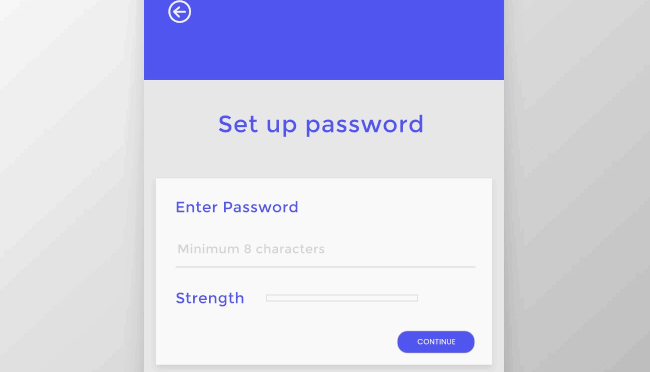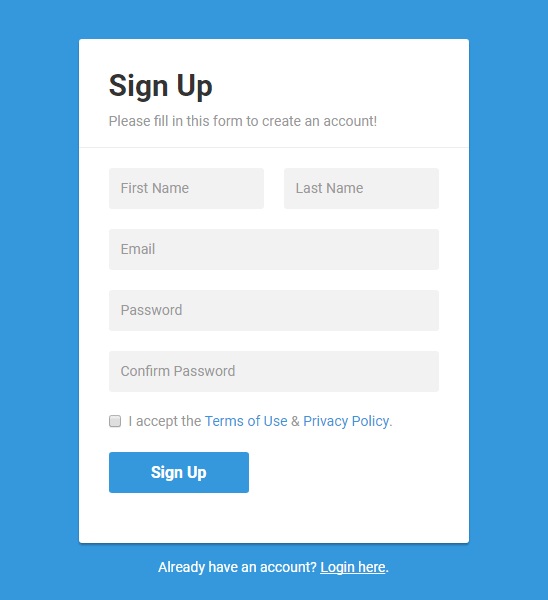The Role of UX in Cybersecurity
It is a known fact that privacy doesn't exist online. Personal data is a commodity, exchanged between the data giants that are Google, Facebook, and countless others. Across the countless privacy scandals that have been surfacing one after another, the conversation about user privacy and security is becoming more important than ever. Cambridge Analytica was found to be harvesting the personal data of over 87 million Facebook profiles that were shared with them by the company in 2015.
In June of 2018, A New York Times report brought to light that Facebook has been retaining several data-sharing partnerships with corporate mega monsters such as Apple, Amazon, and Microsoft. Privacy is an ongoing concern amongst users, and addressing this problem is the definition of improving the user experience.
Due to the digitalization of communication in today’s modern world, we must rely on apps and platforms and blindly hope that the company behind the service is as trustworthy and ethical as they want us to think. The reality is that too much of the responsibility of protecting personal data falls onto the end users.
Good UX design caters to the needs of the user, and a flawed interface can easily lead to vulnerable user privacy and security. The intuitive user experience should be simple, straightforward, and easy. Data breaches are now part of the real risk you must accept in order to keep up with the digitized world. Ensuring that users feel safe, and are safe while using your product should be a given. Security is just as important as any other key feature of a well-designed product with a functional user experience.
Security is crucial when producing an effective and trustworthy product. However, it is a fine balance between an effortless and well-flowing product and one that becomes annoying to users due to the number of extra steps it requires.
We have suggested three small ways you can start implementing a better security system while keeping users in mind.
Focusing on Microinteractions
Microinteractions are small interactions that are meant for a single purpose or task They help guide users through the interface and give them visual feedback about whether their actions were successful or not. Microinteractions can be used to better security by communicating with users about why passwords must be a certain length or help walk them through any other security measures that must be taken when creating an account or as a member. Use them to celebrate a user's success when following security measures and completing them.

Maximize User privacy by only asking for essential data.
It is much easier to protect the data of your users if you do not have it in the first place. It may be good to look at all the information you are asking your users to provide via form fields and see if they are all completely necessary. By shortening the form field to only what is needed, you can improve the overall user experience by making the signup process easier and less time-consuming.

Simplify Privacy Policies
Privacy policies are legally required if user data is collected and stored by a company. Ensuring that these privacy policies are simple, concise, and can be understood by your users is important in order to keep users informed.
